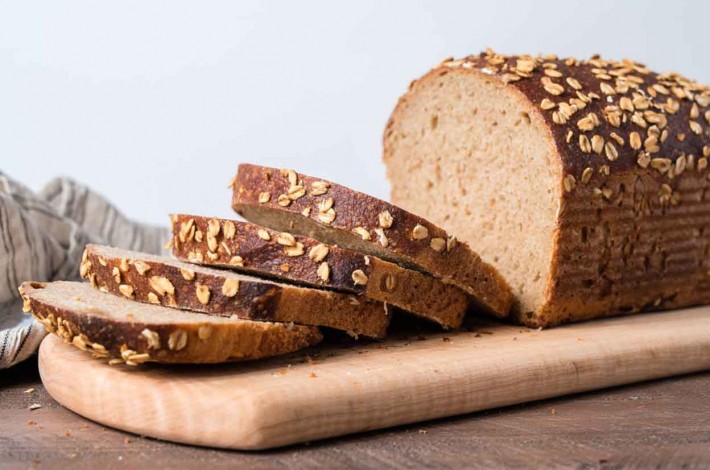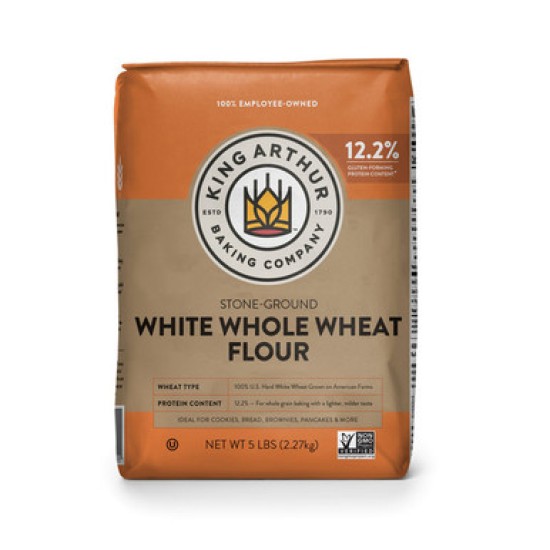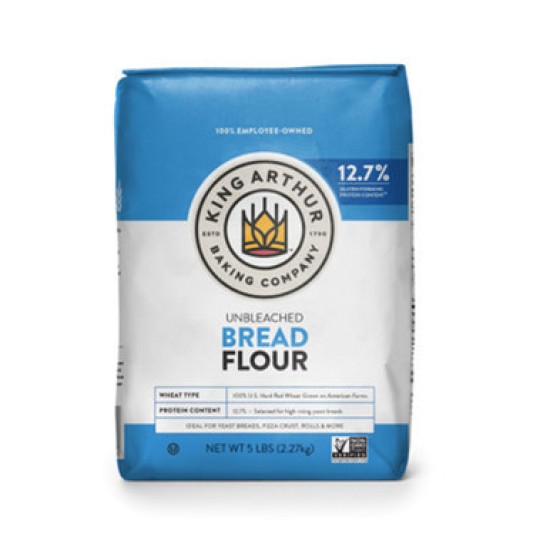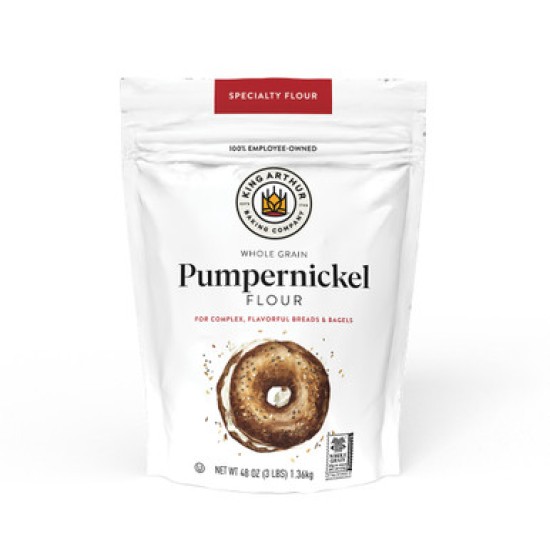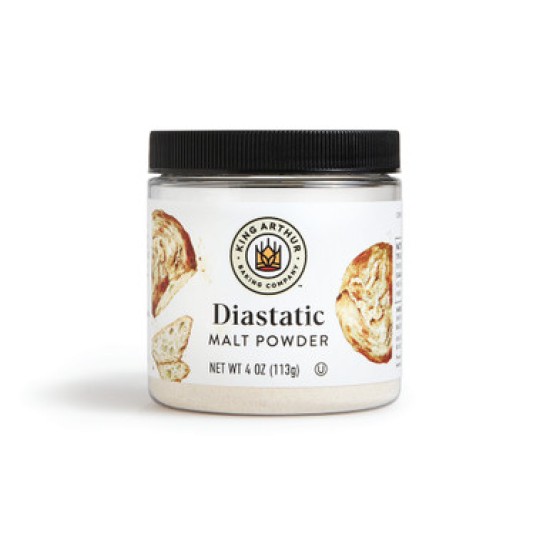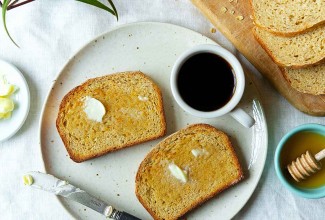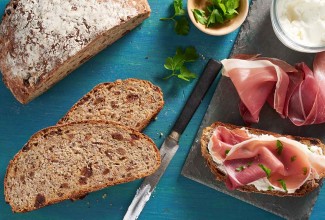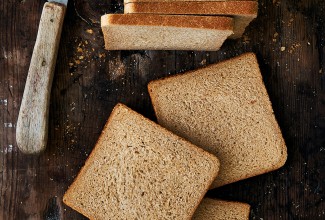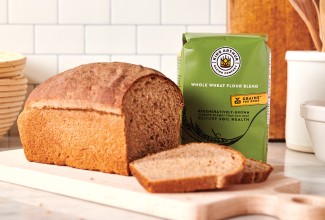-
To prepare your sourdough starter for use in the levain: The levain calls for fed (ripe, mature) sourdough starter; so if you don't feed your starter every day on a regular basis, take it out of the fridge and feed it at least twice, once in the morning and once at night, before using it. If it's been refrigerated without feeding for awhile, you may need to give it several feedings over several days to bring it up to strength. Your goal is a starter that doubles in size and looks quite active.
-
To make the levain: The night before you want to make the dough, mix together the levain ingredients in a small, non-reactive bowl. Cover the bowl, and let the levain rest at warm room temperature, about 75°F, for 10 to 12 hours; overnight is a good plan. Your turned-off oven, with the oven light lit for a few hours before you go to bed, is probably a good rising venue if your house is cooler than 75°F.
-
To make the dough: About 2 hours before your levain is ready to use, start the dough. Combine all of the dough ingredients (except the salt and levain) in a bowl, mixing by hand until there are no dry areas showing. You can also do this in a stand mixer set at the lowest speed, mixing for about 1 minute.
-
Cover the mixing bowl and let the dough rest for 2 hours at room temperature. Note: If your levain reaches its peak during the dough's 2-hour rest, go ahead and proceed, skipping any remaining rest time.
-
Add the salt and specified amount of levain to the dough, and mix and knead by hand to make a tacky, soft dough that's starting to show signs of rounding into a ball. If you'd like to use a stand mixer, mix for 1 minute at the lowest speed ("stir" on a KitchenAid), and 2 minutes at the next speed up (speed 2 on a KitchenAid).
-
Transfer the dough to a thick-walled bowl or tub, and cover it. It's going to rise for 3 hours, 30 minutes; but you're also going to stretch and fold it three times, spaced 30 minutes apart, so don't just cover it and leave the house.
-
After 30 minutes, stretch one side of the dough up and over the center. Do the same with the opposite side. Turn the bowl 90°, and repeat with the remaining two sides.
-
After 30 minutes, repeat the stretch-and-fold. Wait 30 minutes more, and repeat again. Once you've done three stretch-and-folds, cover the bowl and let the dough rest for 2 more hours at room temperature (if your room is about 75°F), or in a warm place like your turned-off oven if your house is cold.
-
Transfer the dough to a lightly greased or very lightly floured work surface. Divide it in half, and pre-shape each half into a round. Let the rounds rest, uncovered, for 25 minutes.
-
Lightly grease two 9" x 5" loaf pans.
-
Shape each piece of dough into a 9" log. Place the logs into the prepared pans. Spritz the top of each loaf with warm water, and top with a sprinkle of rolled oats, if desired.
-
Cover the pans loosely with lightly greased plastic wrap, and let them rest at room temperature for 1 hour before refrigerating, if your schedule permits. Or refrigerate immediately, without the 1-hour rest.
-
Chill the loaves in the refrigerator for 14 to 18 hours.
-
An hour before you're ready to bake, preheat your oven to 500°F.
-
Uncover each pan of bread; the dough should have risen to the rim of the pan, or nearly so.
-
Spritz each loaf with warm water, and place in the oven. This bread does well with a lot of steam, so you can also place a cast iron frying pan in the bottom of the oven while it's preheating, then add 1 1/2 cups boiling water to the pan at the same time you place the bread in the oven.
-
Reduce the oven temperature to 475°F and bake for 20 minutes. Reduce the temperature to 450°F, and bake for an additional 20 minutes. Reduce the temperature once more, to 425°F, and finish baking, about 10 to 20 minutes (for a total of 50 to 60 minutes overall). The loaves should be a deep golden brown, and their internal temperature should register at least 200°F, and can go as high as 208°F to 210°F.
-
Remove the loaves from the oven, and turn them out of the pans onto a rack. Cool for 1 to 2 hours before slicing.
-
Store bread at room temperature, well wrapped, for several days. Freeze for longer storage.
